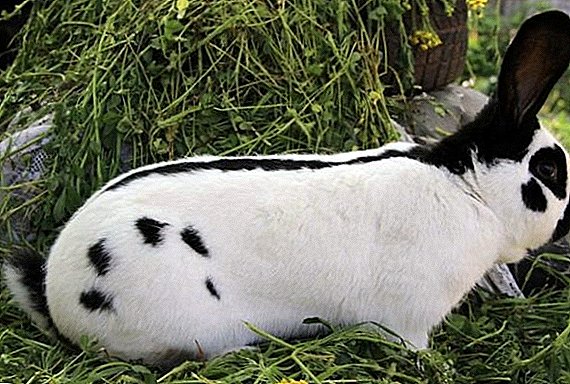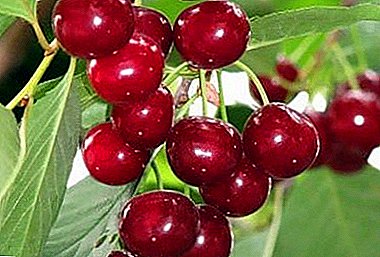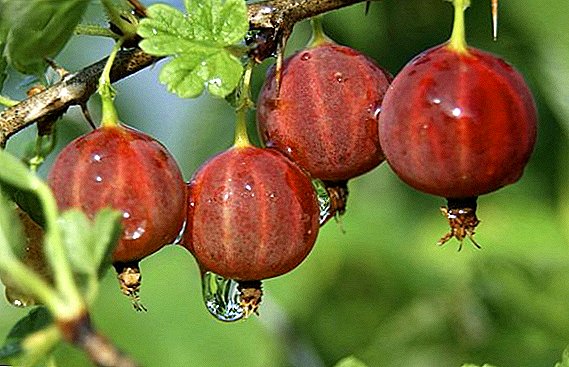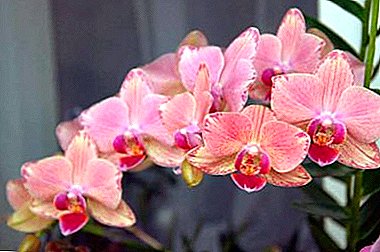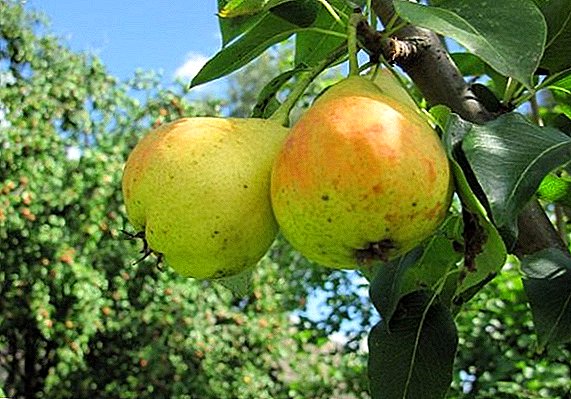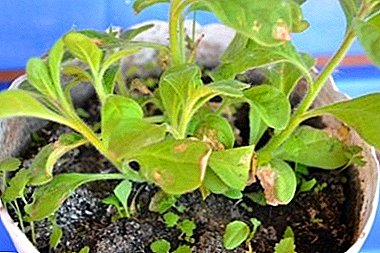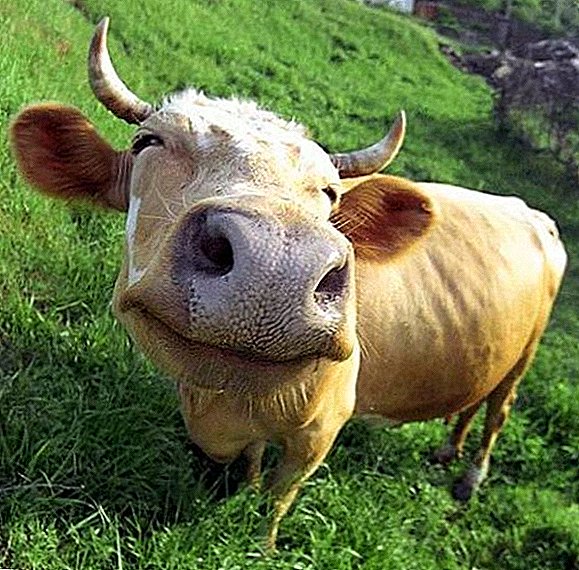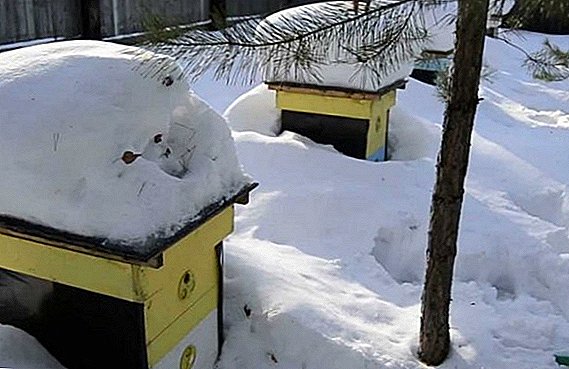 One of the important moments in the life of domestic bees is the preservation of their “working composition” in winter time - a period to which any professional or novice beekeeper should approach with full responsibility, having studied and carefully reviewed all the recommended tips for wintering heat-loving insects in the wild.
One of the important moments in the life of domestic bees is the preservation of their “working composition” in winter time - a period to which any professional or novice beekeeper should approach with full responsibility, having studied and carefully reviewed all the recommended tips for wintering heat-loving insects in the wild.
About wintering for bees
Wintering for beekeepers and their bees is considered a special trial period, which does not allow for missteps, negligence and laziness. The health, strength and future tangible benefits of insects in the form of an effective honey collection in the next year will depend on the competent preparation of the apiary. 
Did you know? The earliest image of bees, where they collect honey, is 15 thousand years. The drawing itself is located in eastern Spain, on the wall of one of the ancient caves.
The behavior of the bees themselves towards the onset of autumn also gradually begins to change - in anticipation of the rapid cold, they prepare their nest in advance: they place honey in the upper parts of the combs, bring a large amount of bee glue into the hive, which closes the gaps and reduces the entrance.
Such manipulations help to retain heat better in the "house", preventing it from blowing with a cold wind. Subsequent, including final, stages are characterized by the expulsion of drones, unfairly consuming the stocks of honey accumulated for the winter, and the gradual cessation of brood withdrawal.
It will be useful for you to know where to start beekeeping, what breeds of bees are, how the honey bee works, about the main functions of the beemaid in the bee family, what the bee packages are, why, when and how bees swarm, how to breed bees, how to breed bees in an artificial way .
Already during the wintering period, the bees come together in a ball, in the center of which is the uterus. They continuously move to generate enough heat, raising it on a temperature scale above 20 ° C.
Wintering bees in the wild: video
However, despite the diligent preparation of insects for prolonged cold, they additionally need special warming from the outside, regardless of the type of wintering, which the beekeeper must provide to maintain their viability.
Types of wintering for bees
There are several options for wintering bee colonies:
- in the wild without snow;
- in the wild under snow;
- in the wintery (omshanik).
Each species has its own distinctive features that affect the health and future of insects. In general, all further material will be devoted to the subtleties of freestyle wintering, therefore, first we should say a few words about other types.
Learn how to properly prepare the bees for the winter.
Wintering under snow makes it possible to use natural natural conditions (snow cover) to create a special air temperature inside the bee house, because even at an extremely low rate (below -40 ° C), inside the snowdrift the temperature will remain around -2 ° C. 
Preparation for a safe "snowy" wintering provides for the beekeeper to produce a number of important manipulations, namely:
- tap-holes and other openings that provided ventilation should be covered with slate or boards — in order to prevent snow from entering the hive;
- in the case of the formation of ice crust, which can also impair ventilation, the corresponding area should be cleaned with a shovel (at least once a week);
- in February and March, in the so-called "windows", when there is windless sunny weather outside, and the bees fly around, 1-2 days before (watch the weather forecasts), it is advisable to throw the snow away from the front wall of the hive, remove the protection covering notch, clean and spread straw in front of him. After the fly-around, the shield must again be leaned against the wall of the hive and covered with snow, paying attention, at the same time, in what state the ventilation will be.
Moving the hives into a specially equipped room (a winter house) will provide the bees with the most comfortable conditions for complete rest during the winter period of time. The main advantage of this option is the saving of energy of insects, as a result of which they will consume less food reserves and not overfill the intestines. 
Omshanik is not hard to equip, an ordinary barn can serve for this purpose, the main thing is to take into account everything, even the most insignificant nuances:
- the room should be dry and relatively warm, not blown by the winds and not wet during the thaw;
- windows must be covered with thick fabric that does not let in daylight, which is a strong irritant for bees. Lamps should also not be used frequently;
- remove all visible traces of moisture by drying;
- Immediately before the cold, the next winter camp should try to protect from rodents, setting up special traps.
What are the advantages of wintering bees in the wild
In the wild, bees can easily survive winters in tree hollows or rock crevices, while surviving at 40-degree temperature conditions - it perfectly “hardens” them and makes them much more stable, which ultimately ensures high honey and the appearance of healthy offspring in the future. 
The method of free wintering is also based on the same principle, only in this case the success of the method depends on the climatic features of the region where the beehives are located.
In general, having spent the winter a lot of times in this way, experienced beekeepers note many important advantages:
- the possibility of flying bees on relatively warm and serene days;
- savings on the construction of a special wintering or equipment for it;
- you can not transport the hive twice a year - in omshanik and back;
- bee colonies begin to develop earlier, and the queen begins sowing earlier;
- with the arrival of heat, insects sometimes clean the sub-horns themselves.
What are the disadvantages of wintering bees in the wild?
The disadvantages of free wintering bee colonies include:
- the need to clean sticking snow to ensure safe flight;
- protection of hives against tits, which easily gossip and eat bees;
- mandatory shading of the area from the sun's rays, so that insects do not go out on the warm front wall;
- providing the territory with protection from strong wind (construction of a fence).

Conditions for wintering bees in the wild
The wintering of bees in the wild does not present any particular difficulties for those beekeepers who have managed to organize the preparation process extremely correctly and have carried out various preventive measures in advance:
- control over the amount of feed in the hive. With a visible shortage, it is better to add more immediately;
- when weak families are found in individual houses, it will be wise to relocate them to strong ones, so that absolutely all the bees can spend the winter successfully;
- the right choice of place for houses. The location should be calm and, if possible, calm. An excellent option would be raising hives on stakes;
- the family should have a young and fertile uterus, better wintered more than once;
- timely listening to the club is necessary to identify any problems. A loud buzz inside may indicate, for example, a lack of food.

Humidity and temperature
A significant point of wintering is a visit to the bees during a sharp temperature change. On such days, it is extremely important to regulate the upper ventilation gates so that the temperature in the houses does not rise too high or, on the contrary, does not fall below the optimum level.
Important! The optimum temperature for trouble-free wintering should vary from 0 ° C to + 2 ° C. Sharp rise (over +4°C) make the bees very nervous. At best, their overexcited condition will increase the consumption of honey, at worst - will end by leaving the hive and fast death.
An excessive decrease in the indicator on the thermometer does not frighten the bee family much; in this case, water vapor can create a problem, which accumulates on the walls of the house in the form of frost and further provokes dampness. The damp hive threatens a mold that is dangerous for honey, which will contribute to its speedy souring.
A special digital thermometer will help to detect problems with temperature in time, and well-designed ventilation, moderately letting in cold fresh air, will help prevent excessive moisture. 
Hive
To insulate the hive for wintering, the beekeeper should stock up with such materials in advance: polyethylene, polystyrene foam, polyurethane foam, straw, sacking and shabby household clothing.
Further step by step:
- group nests close to each other to minimize wind penetration through some walls;
- internal insulation: place the frame frames on both sides of the family, cover the top with insulation more tightly;
- place straw, felt materials or fallen leaves under the houses;
- to insulate the outside with foam (to glue to the outer walls);
- organize the desired level of ventilation, leaving the entrance open.
Learn how to make your own multicase hive, Dadan's hive, Alpine hive, Abbot Warre's hive, Hive Boa, nucleus, pavilion.
Top dressing
Many beekeepers, having formed top dressing once before wintering and letting the bee feeding process take place, note during the spring revision that the insects barely remained alive and were very weak.

On the other hand, disturbing families in the cold period is also not entirely correct - therefore, it is necessary to turn to the recently proposed, more gentle way of feeding: during the last inspection of the hives, a frame filled with honey is placed on their roofs (on wooden sticks), then covered with a canvas .
How and when to feed the bees with candi and honey fed.
This method has a high efficiency - bees, having consumed food, have in addition about 2 kg of honey in stock, which will fully provide them with food before the upcoming spring revision. The frame may well be placed in the winter time, but before that it should be heated to room temperature at home.
It is desirable that the bee diet consists not only of honey. For additional bait perfect special her special varieties: Candi and honey cakes.
Important! Honey syta or syrup for dressing cannot be used, because, firstly, the bees are not active enough to process such products, and secondly, they can fly out of the house to search for a bribe and die.

Features of wintering bees in the wild
The nature of the preparation of hives for the winter can vary greatly in different climatic conditions. For example, in the southern regions of Russia, in the south of Ukraine and in Central Asia, freestyle wintering will not provide for any enhanced methods of insulation. What can not be said about the middle zone and the northern Russian regions.
In the middle lane and in the north of Russia
Features of the preparation of bees for the winter in a cool climate are more complicated activities. In addition to the careful selection of strong bee colonies, beekeepers need to pay attention to the shelter of houses under the snow.
This method involves finding hives under a safe shelter, which, almost until the end of winter, will protect bees from winds, sudden temperature drops, sunlight and other irritants. 
In order for wintering in the snow to bring the best possible results, it is important for the beekeeper to follow two basic rules: adequate feed reserves and a good ventilation system.
In casings
Wintering in the so-called "covers" is considered to be a rather complicated way to protect hives from cold weather. Covers are called special constructions consisting of shields (walls and a roof height of 0.8 m).
Shields are usually made of low-quality planed boards and slabs (thickness 0.25 m), assembled on the bars close to each other. There must be small gaps between the boards for air circulation. In total, 2-3 hives will fit into such a construction.
Houses should be placed in casings already in mid-November, by the onset of the first frost, opened in mid-March, for the first safe flight.  Wintering in casings
Wintering in casings
Positive aspects of the covers:
- smoothing the peaks of temperature fluctuations;
- good ventilation due to the cracks made in the construction.
Did you know? In ancient Egypt, long cylindrical beehives were made for bees, which to this day can be found in the most remote corners of this country.
With the implementation of the above simple rules, the first and subsequent wintering of bees in the open will be safely and soon the diligent beekeeper will be rewarded with a high-quality honey harvest.
Feedback from network users



